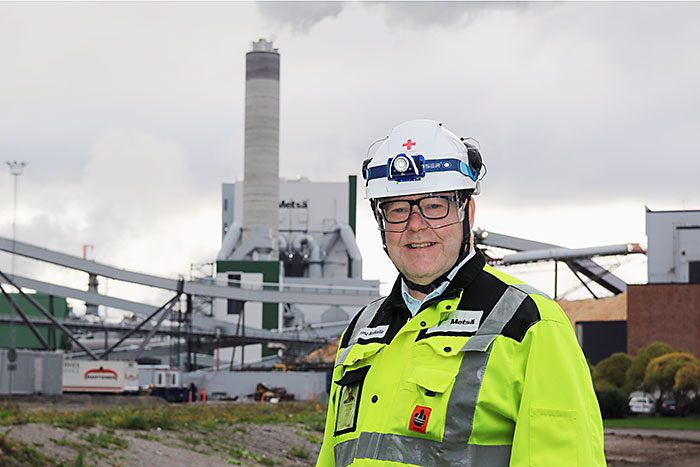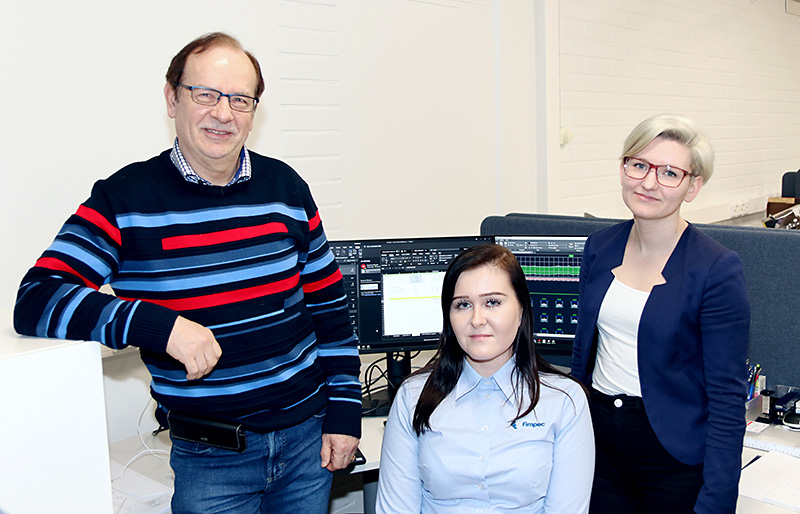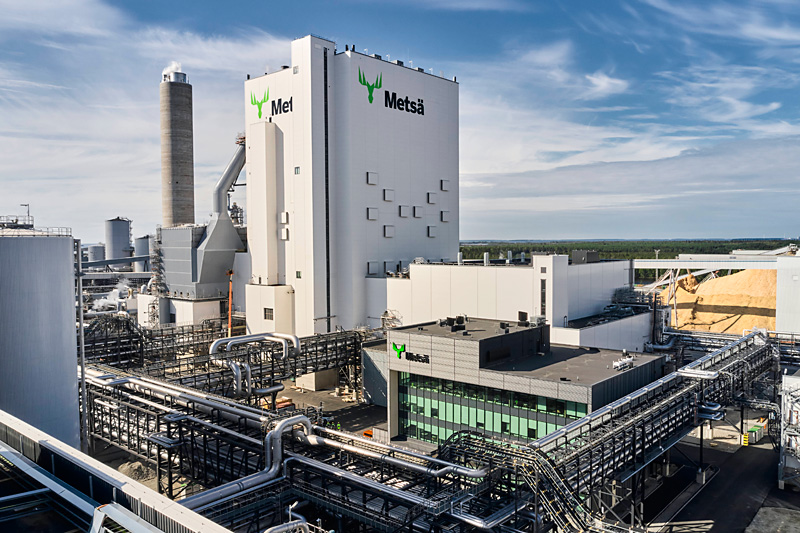How Artificial Intelligence Can Assist in Construction Site Management

Can artificial intelligence be harnessed to enhance the demanding management of construction sites? Maiju Hirvikallio together with Jukka Ala-Mutka, the Head of AI at Admicom Oyj, and Fimpec’s expert Eelon Lappalainen approach the possibilities of AI from various angles.
This is a summary of the fourth episode of Fimpec’s “Kumppanit” podcast which discussed the possibilities of AI in construction site management. “Kumppanit” podcast is hosted by Maiju Hirvikallio, Fimpec’s Director of Communications & Marketing. The podcast is available for listening in Finnish on Spotify.
Artificial intelligence offers numerous possibilities for construction site management. It can contribute to improving safety, risk management, or streamlining operations, for example, by reducing unnecessary movements. These are just the few examples highlighted by Jukka Ala-Mutka, a pioneer in AI and a renowned thought leader, who oversees AI development as the Head of AI at Admicom Oyj.
“AI offers a vast array of applications in construction site management. One can approach it from the perspective of reducing the need for humans to remember and consider a multitude of things. Construction sites typically face coordination challenges where many elements need to align: the right workers must be in the right place at the right time, equipped with the correct tools and materials. If any of these elements are missing, problems arise, often cascading. AI can help with this,” Ala-Mutka emphasizes.
Alongside with Fimpec’s Engineering and Construction Manager Eelon Lappalainen and Director of Marketing and Communications Maiju Hirvikallio, Ala-Mutka provides practical examples of how AI can be utilized:
Image Utilization: AI can detect safety deficiencies in images that may go unnoticed by humans. It can interpret changes, determine the location of the image, and generate metadata. Similarly, AI can assist in creating work descriptions based solely on images and speech.
Speech-to-Text and Text-to-Speech: Reporting safety and other observations can be challenging on a construction site if it requires writing. AI could facilitate conveying observations by converting speech and refining it into a usable format. Technologies also exist to pinpoint the observer’s location and the project details. Conversely, the text-to-speech feature allows tasks like following instructions without needing to take out a phone, which can be impossible in certain situations.
Translation: On large construction sites, different languages are often spoken, and not everyone may have proficient English skills. AI enables the project manager, for example, to state instructions in their own language, which AI then translates for each team member.
Data Analysis and Presentation in Useful Formats: Construction sites are diverse environments with constant changes and countless details. This poses a challenge to human observational capacity, where AI can help anticipate and predict situations, whether related to job safety or schedule adherence.
AI is becoming ready for deployment on construction sites
Despite its significant potential, the utilization of AI in construction is still uncommon. According to Jukka Ala-Mutka, this is changing right now. Advances in AI, along with applications and tools introduced in the past year, make its implementation much easier.
“A couple of years ago, using AI in construction would have required a heavy and lengthy project involving collecting, cleaning, and teaching AI with data, lasting six months or even a year. That’s why it wasn’t pursued. Now, you don’t have to start from scratch; you have pre-trained models available ‘off the shelf.’ Their expertise can be complemented by teaching with your own data, or information can be retrieved from the necessary documents as needed. This significantly reduces the number of examples needed for training, allowing tools to be implemented in weeks rather than several months, as was the case before,” Ala-Mutka explains.
He believes that development will only accelerate in the future. Ala-Mutka estimates that more has happened in this field in the past year than in the previous 20 years, and he anticipates the introduction of new tools within the next 2–3 years that can be utilized in construction management.
Data collection as the bottleneck
The bottleneck in leveraging AI is no longer the AI itself but the collection of suitable data for teaching it. According to Ala-Mutka and Lappalainen, there is much work to be done in this regard.
“The complexity of construction poses a significant challenge, requiring a substantial amount of data to teach AI. Another issue is the poor quality of collected data from the AI’s perspective, or sometimes, no data is collected at all. Many things still rely on discussions or notebooks. Data needs to be collected in a form that AI can utilize. It’s crucial to be able to collect data more automatically, independent of humans or with minimal effort,” Ala-Mutka states.
“There is a vast amount of data generated in construction, and it is collected extensively, but an individual’s style plays a crucial role. This applies not only to notebooks but also to data entered into computers, each person inputting it in their way. Attention should certainly be paid to data collection to enable the utilization of AI,” Lappalainen adds.
“Kumppanit” podcast page (in Finnish)


